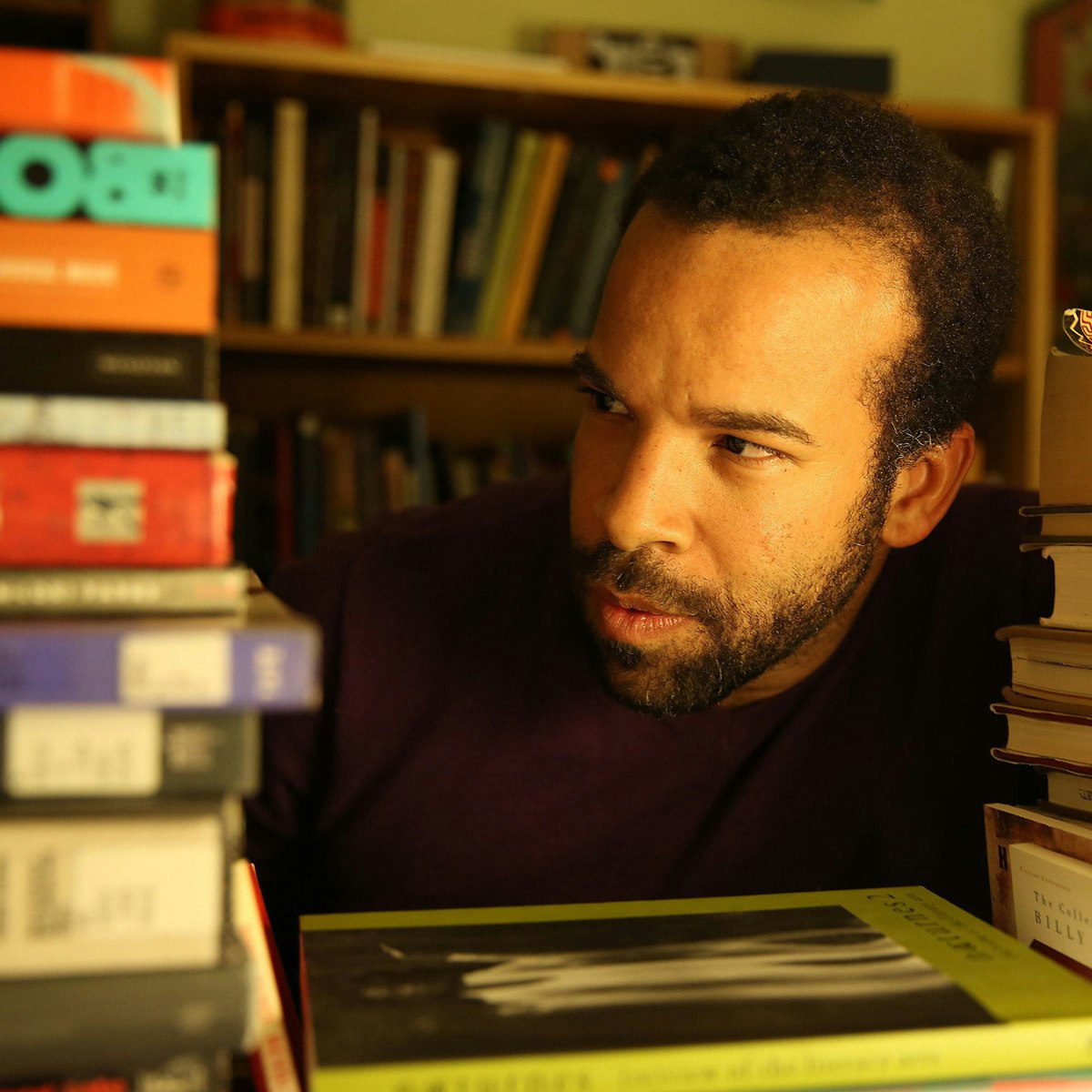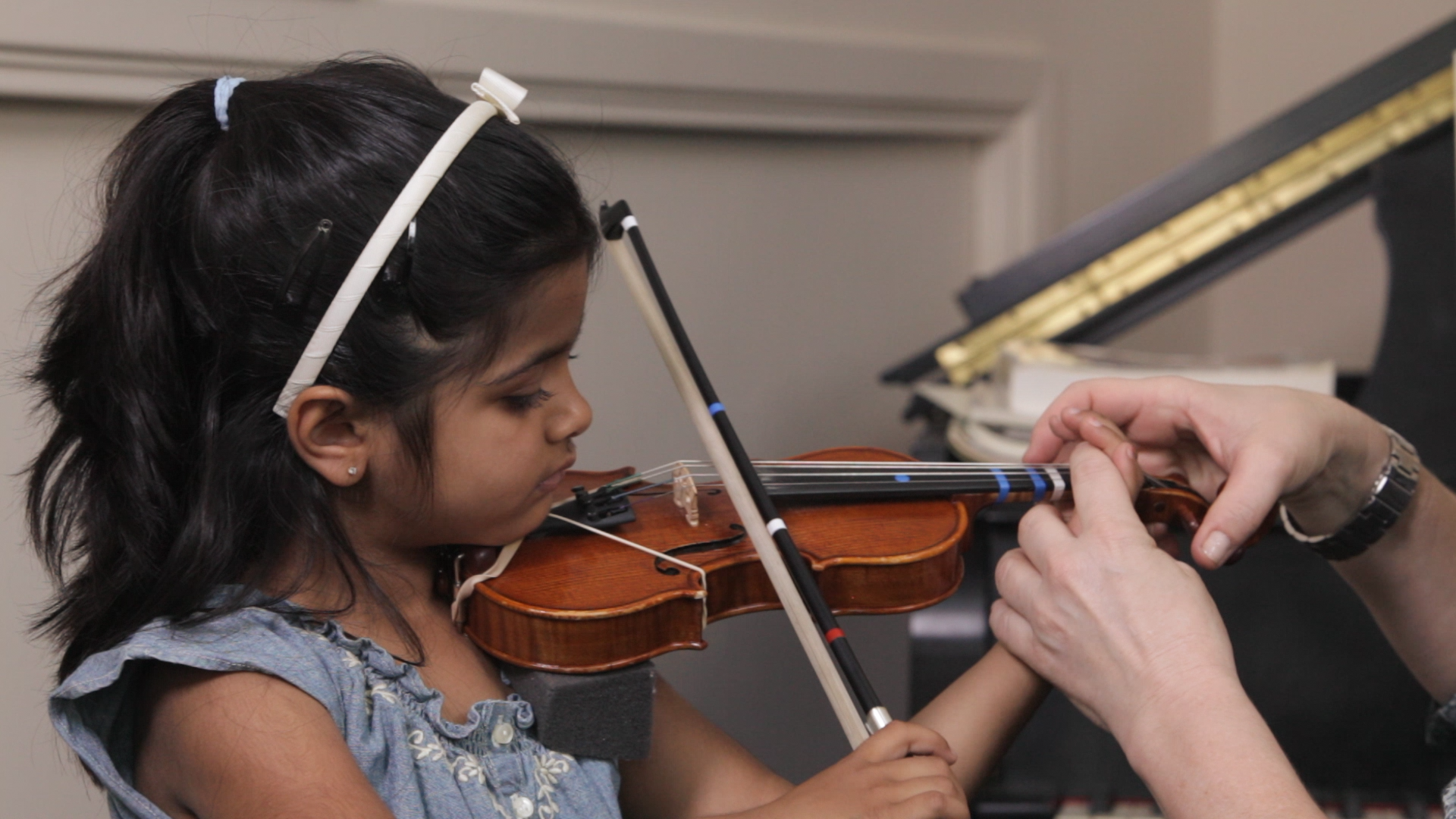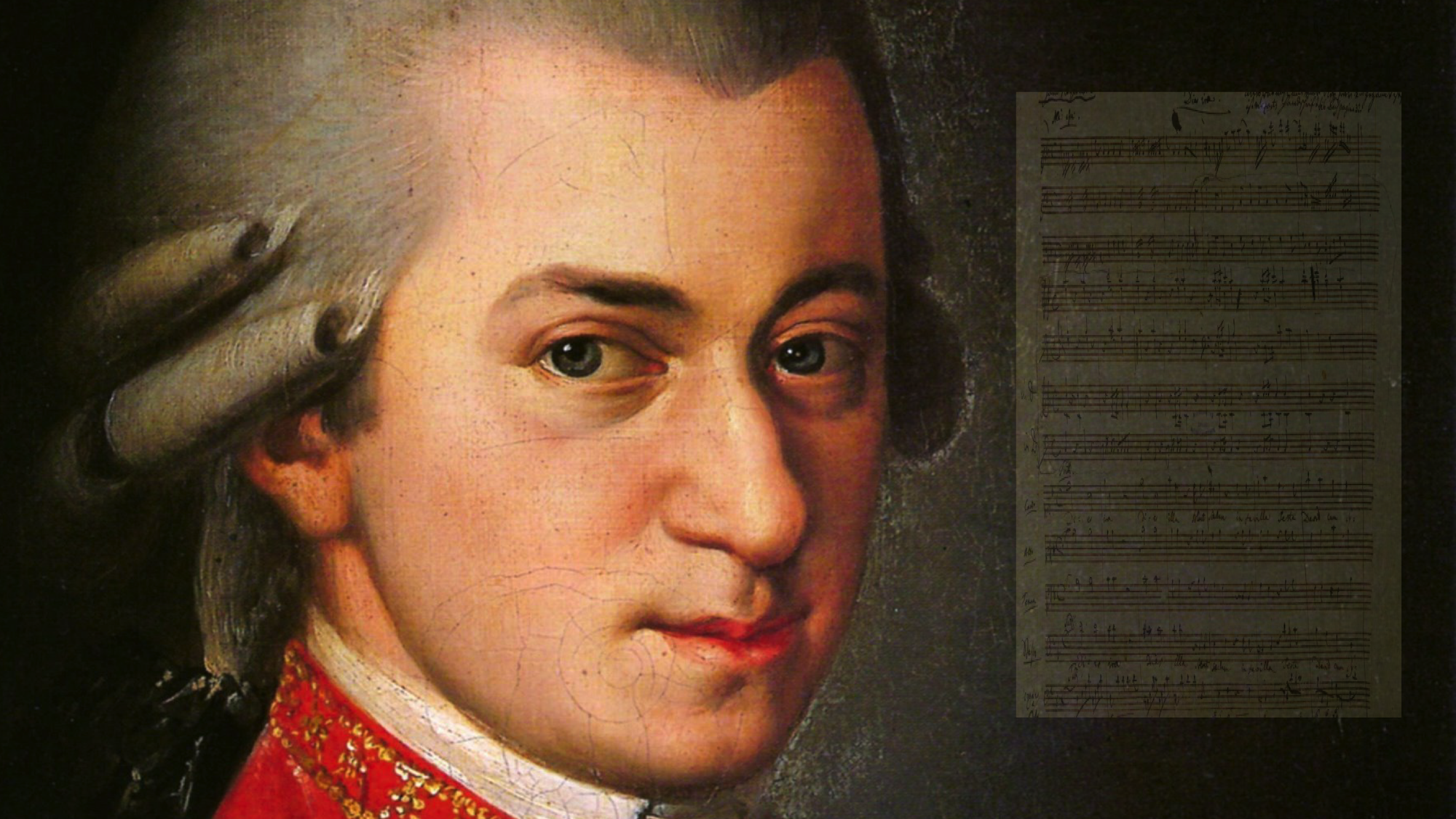Back to Courses









Music And Art Courses - Page 3
Showing results 21-30 of 257

Digital Fashion Reality
Digital Fashion Reality is a collaboration between Parsons School of Design at The New School and The Digital Fashion Group Academy.
This course explores how to remove the boundaries between the physical and digital worlds to create a hybrid, taking an interactive approach to consumer engagement.
You will learn how designers are using powerful tools to blend the physical and digital worlds to address the fashion industry’s major challenges. Examine the rise of the fashion avatar, their increasing use in fashion e-commerce, and their role in waste prevention and quality testing. Then, you will explore the Metaverse and how it challenges designers to reach beyond real-world design.
Throughout this course, you will analyze the impact of technology in the fashion industry and how it can enhance customer-centric development and distribution processes throughout the industry.
At the end of the course, you will craft your personal Digital Fashion Reality Manifesto that sets and clarifies your intentions so they can be easily understood by others.

Conduct UX Research and Test Early Concepts
Conduct UX Research and Test Early Concepts is the fourth course in a certificate program that will equip you with the skills you need to apply to entry-level jobs in user experience (UX) design. In this course, you will learn how to plan and conduct a usability study to gather feedback about designs. Then, you will modify your low-fidelity designs based on insights from your research.
Current UX designers and researchers at Google will serve as your instructors, and you will complete hands-on activities that simulate real-world UX design scenarios. Learners who complete the seven courses in this certificate program should be equipped to apply for entry-level jobs as UX designers.
By the end of this course, you will be able to:
- Plan a UX research study, including the project background, research goals, research questions, Key Performance Indicators, methodology, participants, and script.
- Explain the importance of respecting privacy and user data.
- Conduct a moderated and unmoderated usability study.
- Take notes during a usability study.
- Create affinity diagrams to group and analyze data.
- Synthesize observations from research and come up with insights.
- Develop persuasive presentation skills to share research insights.
- Modify low-fidelity designs based on research insights.
- Continue to design a mobile app to include in your professional portfolio.
To be successful in this course, you should complete the previous three courses in the certificate program. Or, you need to have an ability to conduct user research to inform the creation of empathy maps, personas, user stories, user journey maps, problem statements, and value propositions; as well as an ability to create wireframes and low-fidelity prototypes on paper and in Figma.

Change the color in an image with Adobe Photoshop
In this project, learners will learn how to change color in an image with Adobe Photoshop. Learning this skill in Photoshop will teach you that you can take any image and change the colors in the image. The learners will learn how to change color in an image in two different ways. We will set a document in Photoshop and then import an image to the document. Learners will change one color from the image to a different color. The learners will also learn how to change one part of the image to a different color. We will be using the hue/saturation feature in Photoshop and the select tool to complete this project.

Storying the Self: (Re)Claiming our Voices
Engage with lived experiences and identities that have often been denied a public voice. Consider the nuanced contexts of race, gender, class, language, ability, and how these impact your position as a leader and creator. You’ll question what it means to reclaim your narrative of yourself and to engage with the strength of vulnerability as a leader and creator. In a creative exercise, you’ll engage with multiple perspectives on a past conflict and use this reflection to practice perspective-taking and listening that can generate creative work and deepen leadership skills for empathy, listening and engaging in multicultural workplaces.

Write Your First Novel
WRITE YOUR FIRST NOVEL
From Inc.com - The 30 Most Popular Online Courses of 2020
"Write Your First Novel" made the list at #15 https://lnkd.in/gZqscmn
If you’ve ever had the dream, the desire or even just a vague notion that you would like to write a novel, this course is for you. Whether you are a full-time student, have a full-time job, a family to take care of or all of the above, you can do it. Really! And I will help you get there.
In this Course, you will write your first novel. Many people say they have often thought about writing a novel and are planning to do it someday, but very few ever actually do. However, in this course, you will do it. You will learn how to form a basic idea, any idea, into a structure and discipline that will allow you to create, write and complete a fully-realized novel ready to submit for publication.
If you have any concerns regarding the protection of your original work, Coursera's privacy policy protects the learner's IP and you are indeed the sole owners of your work.
Here is a link to a trailer for the course. To view the trailer, please copy and paste the link into your browser.
https://vimeo.com/385761391/c5e7f873cf
Learner review: "It was a great experience, I really enjoyed it."
In Write Your First Novel, you’ll learn to break down your creative endeavor into components and you’ll discover a process that will allow you to do what few have done: produce and complete a full-length work of fiction in the form of a 50,000-word novel.
Learner Review: "You teach storytelling like no other teacher. I cannot put in words how much I appreciate it. This daily writing, and the product that comes with it, have been a great mental support during the pandemic time. Art is a support for life, as Stephen King said, and thanks to you I experienced it first-hand during this time. I think I will keep writing 500 words per night for the rest of my life. I owe it to you. You taught me how to write a novel, and it works every time. Huge thanks, and wishing you all the best."
I am a proponent of experiential learning (also known as active learning). My lectures are short and to the point, designed in a step-by-step process essential to your success as a writer. I will guide you, I will show you how to get there, hopefully I will inspire you. You will learn through your own activity - which is writing! I firmly believe that the only way to become a writer is to write, write, write!
Learner review: "As a published author, I took this course to relearn the skills. I thoroughly enjoyed each and every lecture and quiz. This course was very, very helpful and the videos were very well executed. Cheers!"
Writing fiction is a truly beautiful thing. Putting your own words on a page to tell a story which enters your readers minds and allows them to share the thoughts, emotions and lives of your characters is a very satisfying, rewarding experience.
Learner review: "BEST TEACHER EVER! LOVE THE COURSE."

Public Speaking with Canva
By the end of this project, you will explore Public Speaking using Canva to create a structure for an efficient speech to present your projects or ideas.
You’ll be able to explore models and structure to feel confident in your public speaking competence and implement those skills in your life during dissertations, while pitching to your clients or while performing a TED talk, why not.
Public speaking has traditionally meant the act of speaking face to face to a live audience but today includes any form of speaking to an audience, including pre-recorded speech delivered over great distance by means of technology.
Nowadays public speaking has been transformed by newly available technology such as videoconferencing, multimedia presentations, and other nontraditional forms, but the essentials remain the same. Being used for many different purposes, usually it crosses teaching, persuasion or entertaining, there are different approaches and techniques related on how to master public speaking.
Canva is a graphic design platform, used to create visual contents such as social media graphics, presentations, posters, documents...The users can create their own graphic or choose from many templates ready to use. The platform is free to use with optional paid subscriptions for additional functionality.
This guided project is for students, graphic designers, or the general public who are familiar with Canva and want to explore its tools to create a speech structure while improving their knowledge on public speaking.

Words Spun Out of Images: Visual and Literary Culture in Nineteenth Century Japan
In their ambition to capture “real life,” Japanese painters, poets, novelists and photographers of the nineteenth century collaborated in ways seldom explored by their European contemporaries. This course offers learners the chance to encounter and appreciate behavior, moral standards and some of the material conditions surrounding Japanese artists in the nineteenth century, in order to renew our assumptions about what artistic “realism” is and what it meant.
Learners will walk away with a clear understanding of how society and the individual were conceived of and represented in early modern Japan. Unlike contemporary western art forms, which acknowledge their common debt as “sister arts” but remain divided by genre and discourse, Japanese visual and literary culture tended to combine, producing literary texts inspired by visual images, and visual images which would then be inscribed with poems and prose. Noticing and being able to interpret this indivisibility of visual/literary cultures is essential in understanding the social and psychological values embedded within the beauty of Japanese art.

Sharpened Visions: A Poetry Workshop
Why just write poems when you can write better ones? This course is built on the notion that the most exciting writing begins after the first draft. It is specifically for folks who believe that writing poems just to express oneself is like using the Internet just for email. After all, poetry can change the way you and your readers think of the world and its inhabitants; it can break new ground for language; turn a blank sheet of paper into a teeming concert of voices and music.
Though any of us may have the potential to make that happen, having an understanding of how several tools of poetic composition can be used (and audaciously “mis-used”) gives you more ways to try (and if we do this right, we might surprise ourselves most of all).
We'll cover key poetic terms and devices by studying poems by a handful of modern and contemporary poets and then get a chance to try our own hand at writing new poem drafts from a select number of prompts. Throughout the course you will have the opportunity to workshop your poem drafts and get feedback on your work, working towards a more polished poem.

Teaching the Violin and Viola: Creating a Healthy Foundation
Join us as we explore the fundamental principles and early stages of teaching violin and viola through a series of engaging video lectures and lesson demonstrations, including: 1) Master classes with some of the world’s top string pedagogues, 2) Individual lesson demos of teaching violin/viola set up, left and right hand technique and pieces from the early violin/viola repertoire, 3) Group lesson demos of teaching music theory, ear training and fun activities that encourage good playing habits, and 4) A “field trip” to the violin shop, where we will outfit a new beginning student with a proper instrument and bow. You’ll also engage in a series of discussions and reflections with colleagues and peers across the globe. Upon completion of this course, we hope you’ll return to your studio with confidence, a new curriculum, and a renewed approach to sharing with your students the joyful experience of making beautiful music.
Write Like Mozart: An Introduction to Classical Music Composition
This course introduces students to strategies for style writing of common practice European art music. The issues of harmonic progression, voice leading, and texture are addressed in addition to relevant compositional concepts like repetition, variation, and elaboration. The course aims to offer a creative space even within the restrictions of stylistic emulation.
Popular Internships and Jobs by Categories
Find Jobs & Internships
Browse
© 2024 BoostGrad | All rights reserved